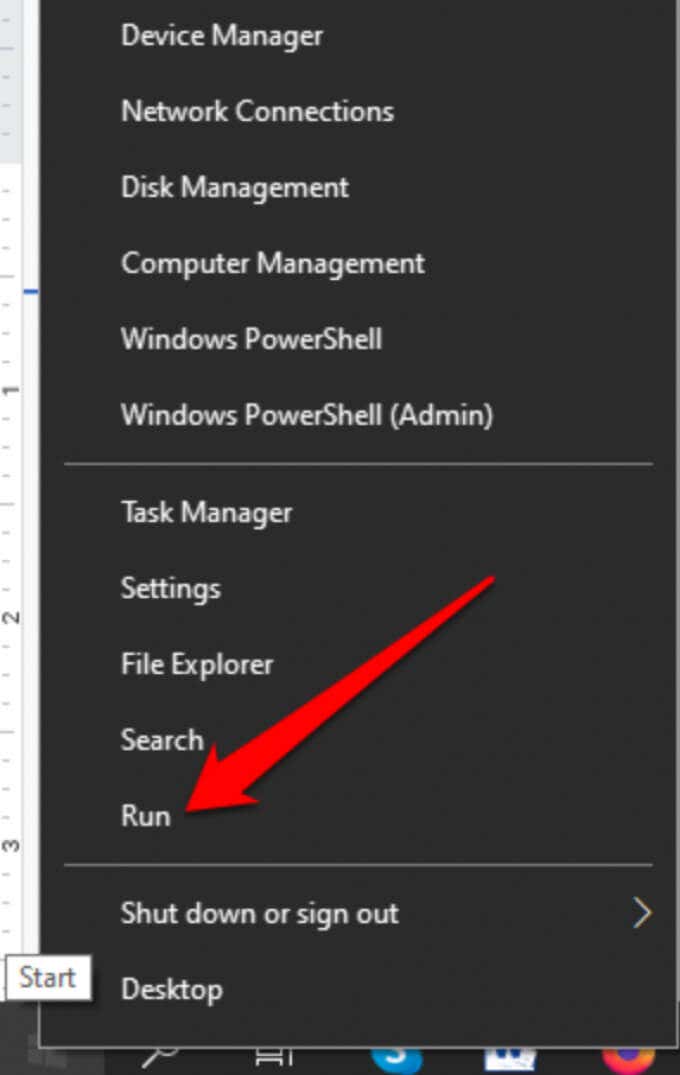
- HOW DO YOU LOGOUT OF MICROSOFT OUTLOOK FOR MAC 2011? HOW TO
- HOW DO YOU LOGOUT OF MICROSOFT OUTLOOK FOR MAC 2011? FOR MAC
HOW DO YOU LOGOUT OF MICROSOFT OUTLOOK FOR MAC 2011? FOR MAC
Read the Knowledge Base article on How Do I Configure Directory Service In Outlook For Mac for instructions.

The account is now set up and you can use it to send and receive email. Check the Always use my response for this server box and click Allow. If this is successful you will see a prompt as below. Outlook will attempt to determine settings for your Exchange account automatically. Use it to create server name of the format: where is your Exchange Proxy Setting and west. To find out the correct server name, navigate to HostPilot® Control Panel > Home > Exchange servers and settings > Exchange proxy setting. Important: to protect your account information, we cannot publish your Server names in the public Knowledge Base. Server: only fill in the server if there is no Autodiscover Record for your domain.User name: e nter your primary email address.E-mail address: enter primary email address (UPN) for your Exchange mailbox.

HOW DO YOU LOGOUT OF MICROSOFT OUTLOOK FOR MAC 2011? HOW TO
Read the Knowledge Base article on How Do I Manage Outlook 2016 For Mac Profiles for more information. This article describes how to connect Microsoft Outlook 2011 for Mac to Microsoft Exchange Online. Note: we recommen d creating a new profile before setting up a new account. When a new version of macOS is released, the Office 2019 for Mac Operating System requirements are updated such that the three most recent versions are supported: the new version of macOS and the two previous versions. Note: Outlook for Mac is supported on the three most recent versions of macOS. Follow the instructions you get on the screen to install the updates.

The application will now tell you if there are any updates. After launching Outlook, click on Help in the top menu, and then click on Check for Updates. Make sure that you have the latest version of Outlook for Mac 2011. Outlook 2019 supports Exchange 2013 or higher version. Step 1: Make sure you have the latest version. Outlook 2016 supports Exchange 2010 or higher version.


 0 kommentar(er)
0 kommentar(er)
